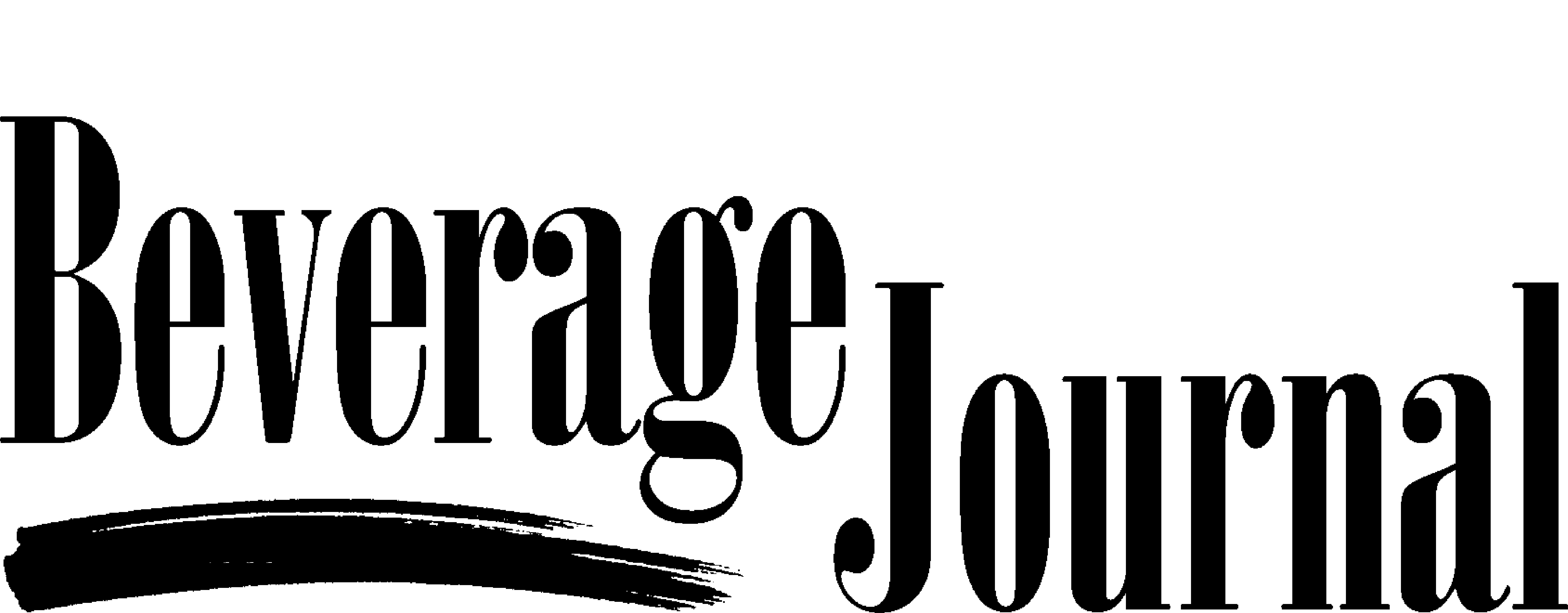Trending Articles ...
Jailbreak Brewing
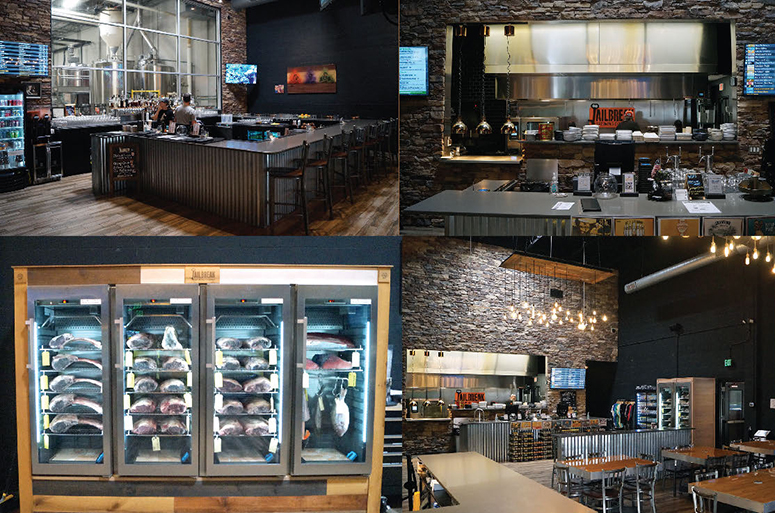
Jailbreak Foodworks & Brewing Company ... with a name like that, you would think this Laurel, MD, establishment would exist in a former jail or prison that has been renovated and retrofitted. But the name is more of a metaphorical one. After years working in the government contracting world, co-founders Justin Bonner and Kasey Turner decided they wanted to leave their desk jobs “breaking out” of the nine-to-five grind.
Bonner, in a phone interview with the Maryland Beverage Journal, recalled, “When you’re in the government space for years, you kind of feel trapped. The money is great. But it can be a thankless job. One day, we decided to just make an escape – make a jailbreak, if you will – and do something that wasn’t so cumbersome. So, we called it Jailbreak and started the beer brand first 11 years ago.”
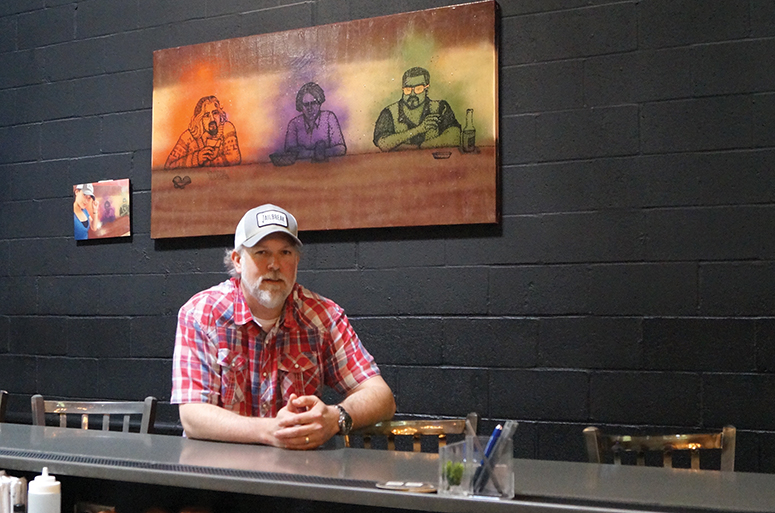
He continued, “This was 2014, and we thought the beer market in Maryland at the time wasn’t being well served. There were a couple of big players like Heavy Seas and Flying Dog. But other than that, there were just a handful of smaller players.”
Jailbreak Brewing Company became Howard County’s first production brewery. In 2018, the duo expanded the taproom with the addition of FoodWorks, which boasts additional seating and an open kitchen, Bonner and Turner’s vision of the taproom continues to grow and offer customers an escape from the daily grind.
“It’s interesting how we have evolved,” Bonner said. “These days, it’s as much about the food as it is the beer. By the way, a lot of our beer names are named after themes and moments from ‘The Big Lebowski.’ The official artist of our cans is a man named Bill Green out of Los Angeles, and he is the official artist of The Big Lebowski!”
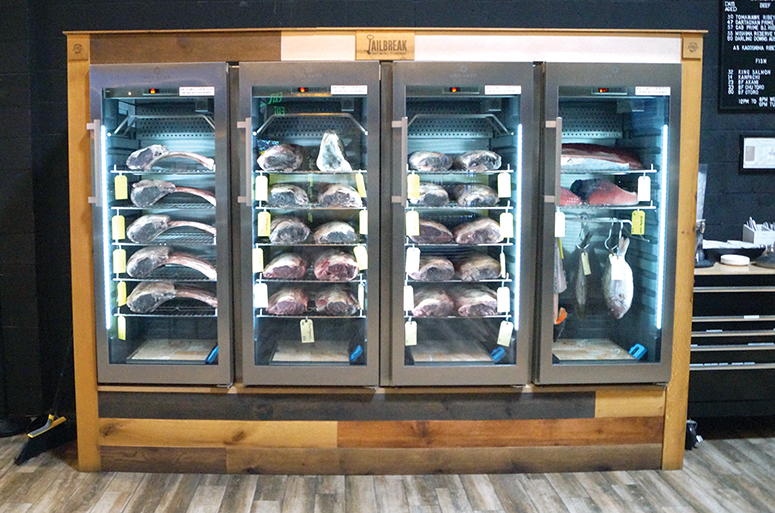
And, of course, the beer still comes first. Jailbreak’s brewing facility houses 11 conical fermenters, three brite tanks, and a canning line that creates product that’s sent out to more than 400 retail accounts. In 2022, according to Jailbreak’s website, the company brewed almost 50 different beers equating to over 4,000 barrels.
Bonner stated, “Obviously, a lot of people know about our beer, and certainly many people know about our whiskey program. But what surprises people is we have 7,000 bottles of wine in our wine cellar! It’s one of the deepest wine selections anywhere in Maryland or D.C., and it’s kind of a hidden gem.”
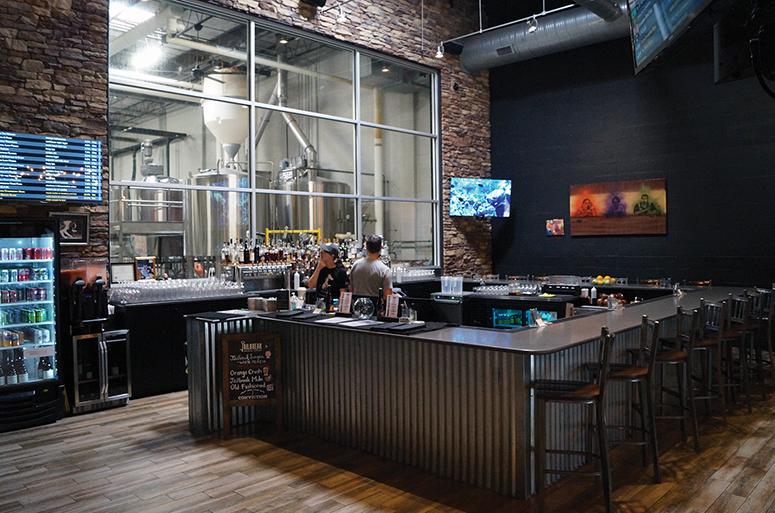
So, what kind of clientele does Jailbreak draw on a regular basis? Bonner once again was quick to point out that he and Turner come from the world of the National Security Agency, which is located close by at Fort Meade. “It’s why we located here,” he said. “We wanted to be close to our tribe. During the week, they are a big part of our clientele. We really aren’t located in or around any communities. Laurel is a big area, and it’s a different demographic than you might think for high-end food and craft beer.”
He continued, “That said, we always knew we had to become a destination location in order to survive. The consumer is less interested these days in going out and just hanging out in a brewery. People are looking for an experience. We recognized that we had to get out of the brewing business and into the experience business.”
Bonner said that when he and Turner opened their taproom, there were many skeptics. He said, “Quite frankly, other brewers laughed at us. ‘You guys have space for over 150 people! Who the Hell is going to be coming here?!’ And then we opened the restaurant and decided to serve high-end, dry-aged steaks and fish. And some people said, ‘Who’s going to eat this fancy at a brewery?!’ But it just continues to work.”
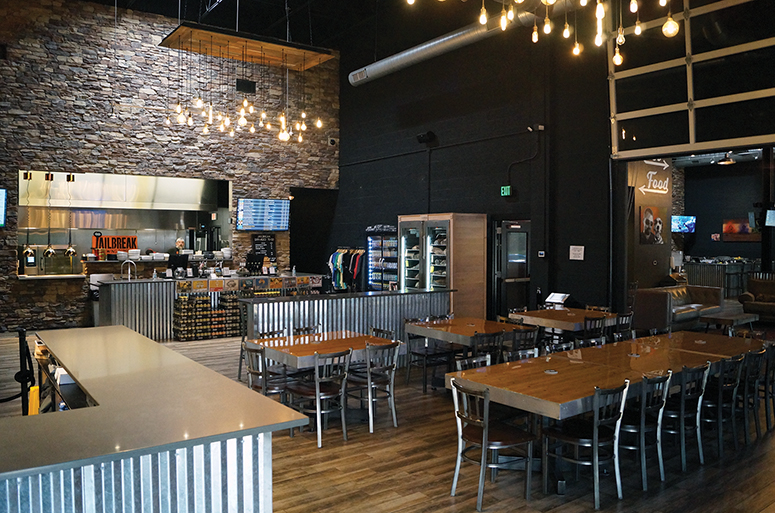
For Bonner, the favorite part of his job is having the freedom and ability to create and innovate: “Coming from the government world, there were a lot of restrictions. It was very hard to be creative. We’re a small company, and I love being nimble. I love waking up on a Monday morning and saying, ‘I dreamed of something last night.’ And later that morning, I’m in a meeting and saying, ‘Hey, guys. I have this idea. I think it will work. Let’s roll with it!’”
But the obstacles are many he acknowledged. “Out of COVID and over the last four or so years,” he lamented, “finding people has been a challenge. Our industry lost so many managers and experienced people. We’re lucky in that we’ve had low turnover. But we had to rebuild much of our company [post-pandemic], and it’s just been really hard to get people back to work! And when they do come back to work, their benefits and financial expectations are completely different than they were just five years ago.”
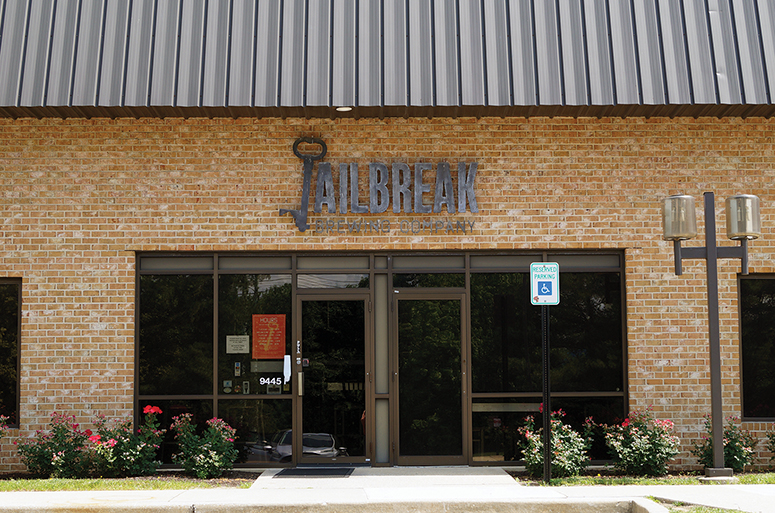
Bonner recalled meeting with Maryland beverage biz legend Hugh Sisson, who opened the first ever brewpub in the state and eventually founded Clipper City Brewing Company in 1995 and would later rebrand as Heavy Seas Beer. “We sat down with Hugh very early on and asked him, ‘What’s the first piece of advice you can give us when opening a brewery?’ And he said, ‘My first piece of advice to you is . . . don’t open a brewery!’ [laughing] We came to learn that brewing is a low margin industry, and a few percentage points margin one way or another can make or break your company.”
Despite the hardships, Bonner still loves his job. He and Turner clearly have a level of commitment that has separated them from the competition and kept them in business for over a decade now.
Bonner concluded, “You can certainly set your own schedule. But what people don’t consider is, if you make your own schedule and you want your business to succeed, your schedule is going to be 24/7 attending to your business at least the first six or seven years. It’s great to make your own hours. But if every waking hour is dedicated to your business, you have to decide, ‘Is that really better than working for somebody else?’ Fortunately, my wife and I are both entrepreneurs. So, she knows it’s a lot of risk, a lot of stress, but we wouldn’t have it any other way!”
Click Here to check out the article as it appeared in The Journal.
